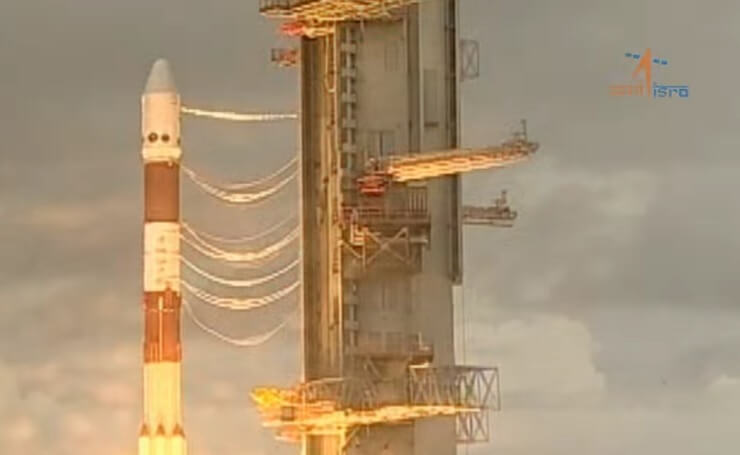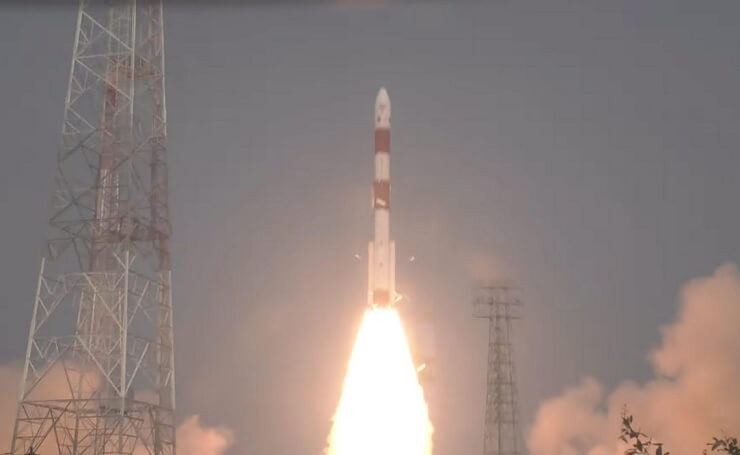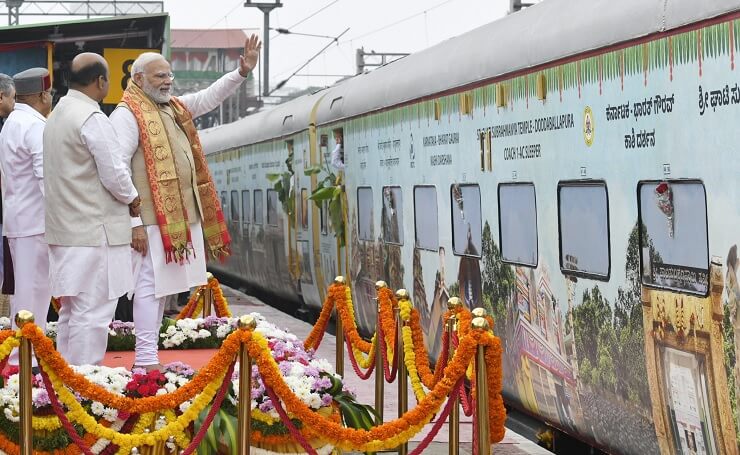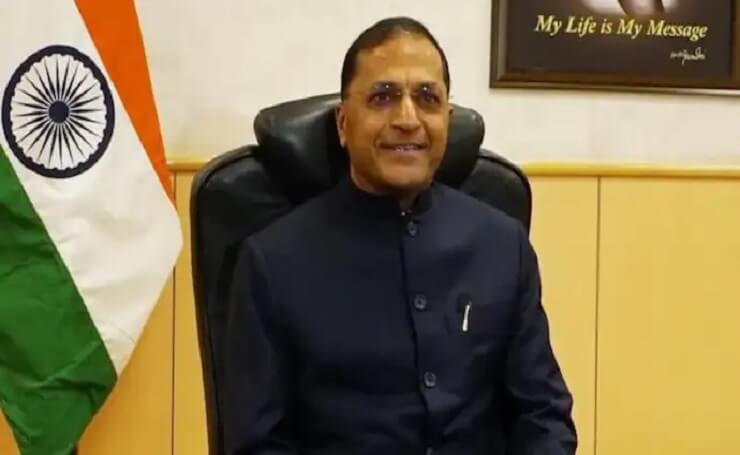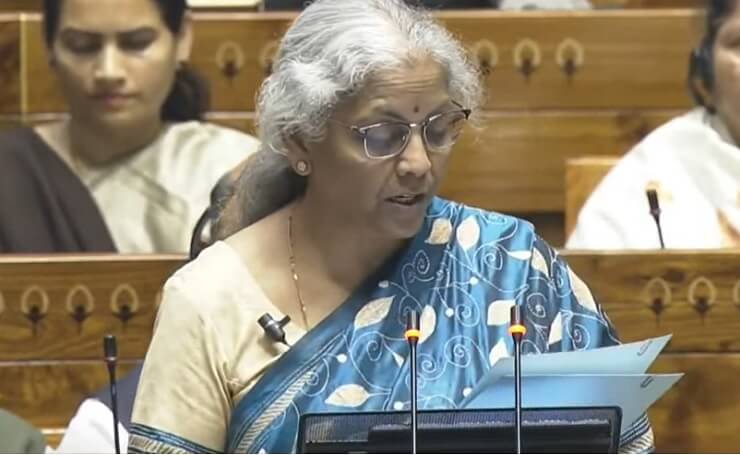India is going to show their best endeavour through Chandrayan-3 lunar mission on Friday and will be the fourth nation after the USA, former Soviet Russia, and China. The mission took place four years later after the failure of the Chandrayan-2 mission in the month of September 2019 to achieve the desired soft landing.
Chandrayan, which means “lunar Vehicle”, is ready to blast off from the Satish Dhawan Space Centre at Sriharikota, Andhra Pradesh, on Friday just after 2.30 p.m. It is 2nd endeavour to achieve the soft landing after the previous effort with the launching of the Chandrayanan-2 mission in 2019. The first Lunar Mission came off in 2008, which deliberately crashed onto the lunar surface.
All the eyes were set on the launching of this historic mission, and more than one million people kept their eyes on youtube. A huge crowd also wanted to be the eye -witness of this mission at the space centre.
Chandrayan-3 consists of a lander, an indigenous propulsion module, and a rover with the objective of developing and demonstrating new technologies required for inter-planetary missions, and it is made by ISRO by improving several implements to achieve success this time. The main objectives of this mission are to collect data and conduct a series of scientific experiments to learn more about the composition of the moon.
It is very much difficult to land on the south pole of the Moon as there are some gave reasons behind it, including the low gravity as compared to the Earth, very little atmosphere, and also the hazardous particles like rocks and craters. Not only the less gravity of the moon but also the uneven distribution of mass is also a great difficult task to make an attempt to orbit around the moon. Lunar dust, the other disrupted thing, is also causing a challenge because lunar dust is negatively charged particles that stick to most surfaces. The variation in temperature is also hostile for lander and rover operations.
Indian Prime Minister Narendra Modi said just before the launching on Friday, “This remarkable mission will carry the hopes and dreams of our nation.”

